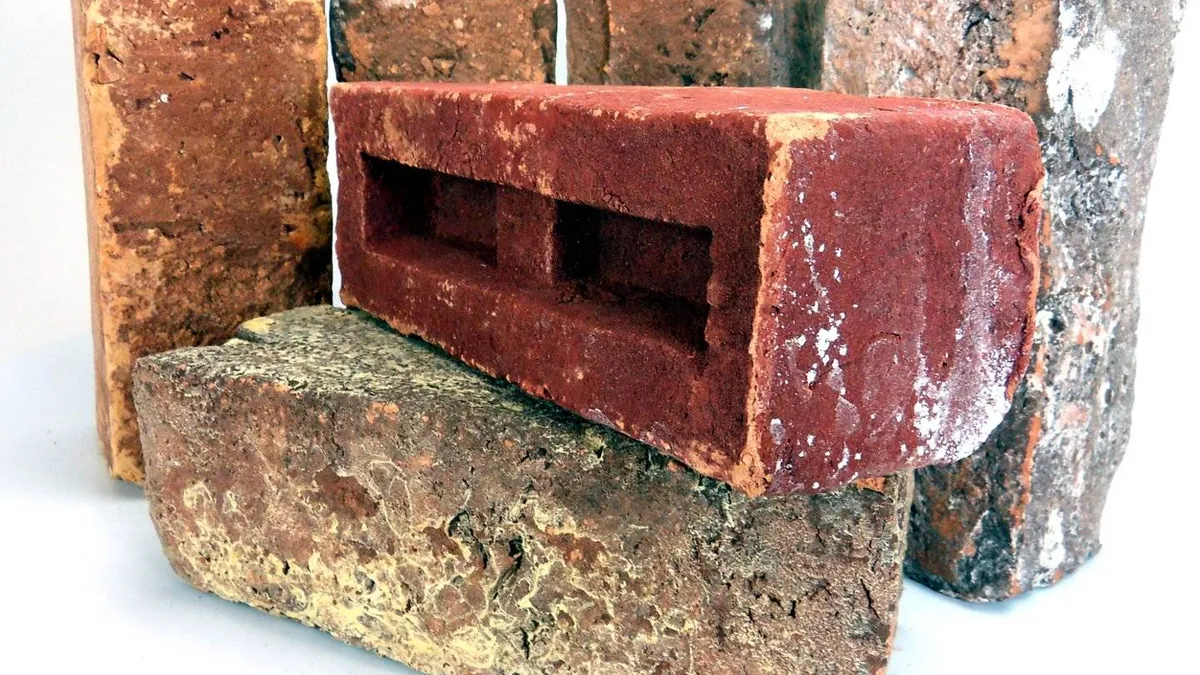The trade in used construction materials is big business these days. As owners strive to make authenticity an element of their projects, a cottage industry has sprung up to meet demand for secondhand wood, steel, brick and any other building material that can be repurposed in new structures.
One way this is achieved is through the process of deconstruction. While demolition generally involves tearing material out of a space or knocking a building down and sending the wreckage off to a landfill, deconstruction is more methodical. In deconstruction, crews take great pains to avoid damaging the bricks, fixtures, windows, wood and other high-value items they are able to remove intact.
In some cases, firms deconstruct a building and use materials salvaged from that project in the replacement structure. In other cases, those reclaimed products are donated to resellers like the nonprofit Lifecycle Building Center, in Atlanta, and the Rebuilding Exchange, in Chicago, where other architects and builders will purchase them for inclusion in their projects. In some cases, the resellers do the deconstruction work, too.
When Perkins + Will renovated the top four floors of an existing building in downtown Atlanta for its office there in 2010, the team spearheading the redesign knew they did not want the copious amounts of wood, marble and other materials they planned on removing to end up in a landfill, said Paula McEvoy, co-director of sustainability for the firm. So, they deconstructed the existing interiors and sent salvageable materials — including ceiling and floor tiles, light fixtures, carpeting, countertops and wall cabinets — to nonprofits around Atlanta.
So widespread is the use of reclaimed materials, McEvoy said, that some manufacturers have started putting notes — complete with a telephone number — on their materials asking owners to call them first if they ever plan to dispose of them. Some of those manufacturers will even arrange to have the materials picked up instead of allowing them to be thrown away.
Beyond finishes
Much of the market for reclaimed materials is in furnishings and finishes. That's because people can see and touch them, providing a connection to the past that owners want to display. This often comes in the form of old flooring turned into furniture or industrial fixtures turned into art pieces and luminaires. Reclaimed structural materials are also in demand, although the process of acquiring and using them comes with more challenges.
One of the biggest challenges to using such materials for structural or other applications is meeting current building codes, said Dustin White, construction manager at C1S Group, in Dallas. For example, windows might not meet today's energy-efficiency requirements and material from older buildings could contain lead or asbestos. Some materials might have weakened significantly over time, whereas others, like steel, tend to be stronger than their modern counterparts.
"The beauty of steel is that — most of the time — the farther back you go, the better the quality," White said. Steel used to be inexpensive enough that manufacturers could account for potential design errors by simply adding more mass to members.
Today’s project cost considerations, however, have made design more precise. And there's not as much redundancy built into steel members.
"[Steel products today] are not weaker, they’re just enough to do the job they’ve been designed to do," White said. "But 50 or 60 years ago, [they] would be able to do twice the job."
The former practice of using more steel than specified bodes well for project teams today trying to get the reclaimed material past building departments responsible for determining if they can meet current structural requirements. Steel is stamped by the manufacturer for easy identification and can be X-rayed and inspected to verify its integrity.
The inspection and verification process for other materials is not so easy. Materials such as masonry or wood members aren't typically marked to verify what standards they were fabricated to, making it difficult to determine whether they'd meet modern codes. "You might have to convince the building department that they're sound," McEvoy said. For example, wood members would have to be professionally regraded to meet local building codes.
A design team would typically look to the supplier to determine whether a material, recycled or not, meets building code requirements, said Blake Haldeman, superintendent for Mortenson Construction's Portland, OR office. In this scenario, materials that aren't marked or are clearly outdated would most likely not be offered for sale to customers. If the design team wanted to use reclaimed steel, for example, they'd find a supplier that does the testing prior to sale.
Buying old to go green
Owners' desire to achieve green-building marks like LEED certification is by far the biggest driver of interest in using reclaimed architectural and structural materials on commercial projects, Haldeman said.
The Research Support Facility at the U.S. Department of Energy's National Renewable Energy Laboratory, in Golden, CO, achieved LEED Platinum certification in June 2011, in part by using reclaimed steel natural gas piping, recovered from an out-of-service pipeline, as structural columns. The University of North Texas' Apogee Stadium, in Denton, TX, which also earned LEED Platinum status, used reclaimed steel beams as headers for concession-stand openings.
Using reclaimed materials is not typically an inexpensive proposition, however. The price differential, White said, usually has to do with the labor-intensive process of deconstruction, moving, storage and cleaning of the old material. However, according to the American Institute of Steel Construction, reclaimed steel is often more expensive than scrap metal but less expensive than new product.
Even so, some owners would rather use pricier reclaimed masonry brick, for example, than buy a new, less expensive product that looks the same. That could be because the sustainability aspect of doing so is very appealing or, depending on the project, because the older material has a connection to some historic event or building.
Other developers and owners are trying to fill a gap with materials that have a story connected to them. "I think people gravitate toward that [story]," McEvoy said.






















